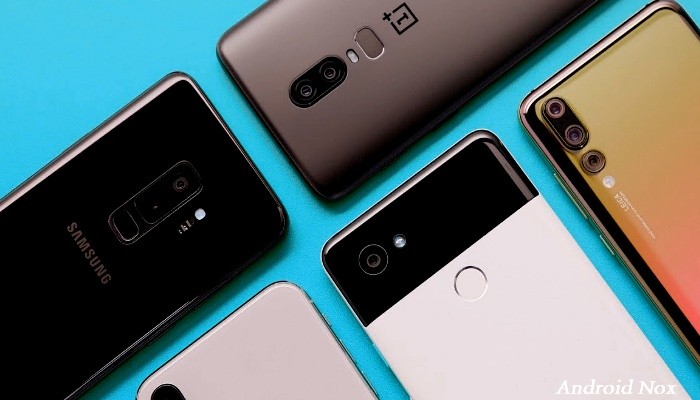One of the main Android problems is fragmentation. Because updates depend on manufacturers, new versions don’t arrive as fast as we’d like, but thanks to the efforts of Google and OEM fragmentation is no longer so serious like in the early years of Android.
Two years ago Google attacked fragmentation with Project Treble, dividing the operating system layer from the driver layer. Thus a manufacturer could update the operating system layer without relying on component manufacturers to update the drivers to the new version. This change has accelerated updates.
Adoption of Android 10

From the first year, Project Treble has been a success. This effort accelerated the adoption of Android Pie by 2.5X, and with Android 10 an additional 1.5X increase. Google reports that Android 10 adoption has been faster than any previous version. Android 10 was running on 100 million devices five months after launch, 28% faster than Android Pie.
Updates on Android 11
To try to speed up Android updates even further and minimize fragmentation, Google announces new strategies in Android 11:
OEM Developer Previews: Manufacturers have access to Android 11 previews to advance the update of their devices before their official release.
Google Play system update: In Android 11, 21 operating system components are now upgradeableNine more than Android 10 that are focused on improving privacy, security and developer consistency on all devices. The new upgradeable components are: Tethering, NNAPI, Cell Broadcast Receiver, adbd, Internet Key Exchange, Media Provider, statsd, WiFi and SDK extension.
Generic kernel image: In Android 11, Google is further isolating the common code in the Android Linux kernel to create a generic kernel image (GKI) that works on all Android devices. This will allow for faster security updates and deployments.
Virtual A / B: In the latest versions of Android came OTA A / B, better known as Seamless Updates or Updates without interruptions. The operating system reserves twice the system memory to have the current system in one partition and another version that updates in the background in another partition. Then after restarting the device, the updated partition becomes the current version. This avoids the long waiting times for updating, in which the mobile phone can go several minutes without being able to be used.
This duplication of the amount of storage reserved for the operating system has limited adoption among OEMs, with which Google will launch in Android 11 the new Virtual A / B mechanism that avoids that double space reservation for the system when creating in the time of upgrade a virtual partition. So mobiles can have updates without interruptions without losing storage.
Google thanks all its OEM partners for their efforts to roll out updates to new Android versions sooner. In a few months, with the launch of Android 11, we will see if this future version reaches devices before Android 10.
More information | Google









